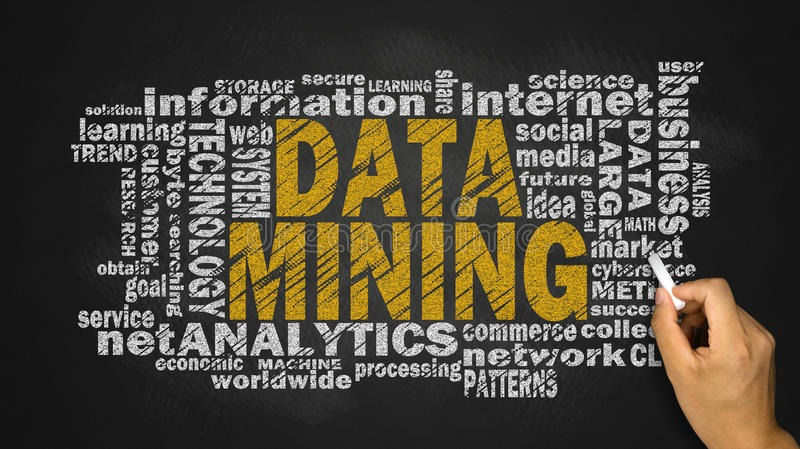Python Frameworks For Data Science And Scientific Calculation
- Abhijeet Srivastav
- May 16, 2020
- 4 min read

Knowing Python is the most valuable skill to start a data scientist career. Although there are other languages to use for data tasks (R, Java, SQL, MATLAB, TensorFlow, and others), there are some reasons why specialists choose Python. It has some benefits, such a
it is high-level, so the code looks like it was written in Englishs:
it is powerful but simple to learn
it is compatible with a variety of platforms including Windows, Mac, Linux
it is an interpreted language — it runs the code line by line
it offers libraries for data gathering, cleansing, transformation, visualization, modeling, and audio/image recognition
you can do complex computations using a simple syntax
That’s why Python and data science became some kind of synonyms. Vanilla Python gives you all the opportunities to work with data, but the libraries listed below make data tasks easier.
1. Pandas

Pandas is a high-level Python library for data analysis. In the Python ecosystem, pandas is the most advanced and fast-growing tool for data processing and manipulation. It enables data structures to be converted into DataFrame objects, missing information to be processed, DataFrame columns to be added/removed, missing files to be added, and data to be displayed as a histogram or plot box. It is necessary for data processing, manipulation, and visualization.
Pandas is built over the NumPy package and is based on two powerful types of data structure:
Series are one-dimensional and are like lists of items
DataFrames which are two-dimensional like tables with multiple columns
Pandas benefits:
Through its Series and DataFrames, it may represent the data in a suitable way for data analysis
The library offers different methods for simple data filtering
It has various tools for seamless I/O processes and reads data from CSV, TSV, XLSX files and many more
2. Numpy

NumPy is a general-purpose library for working with large arrays and matrices. Along with scientific abilities, NumPy can be multi-dimensional storage of generic data. You can define any type of data. This gives seamless integration with different databases. It provides features for array processing, shape manipulation, selecting, sorting, I/O, discrete Fourier transforms, linear algebra, statistical operations, and so on. NumPy arrays have some differences from Python ones:
Fixed size; changing its size will create a new array and remove the primary one
The elements should have the same data type to occupy the same size
Advanced operations on big amounts of data are executed faster and using less code
To use most of the scientific Python features it’s not enough to know how Python’s sequence types work — it requires an understanding of how to use NumPy arrays
3. Scrapy

Scrapy is the most popular high-level Python framework for extracting data from websites. One of the best things about Scrapy is that requests are handled asynchronously. This means that the framework doesn’t wait for a request to be processed to send the next requests or do something. And if something fails or an error occurs, other requests keep going.
Using Scrapy, you can set the politeness of the crawl, a download delay between processes, and a limit of concurrent requests number.
Scrapy provides a wide range of features to improve web scrapping:
Support of extracting data from HTML/XML using XPath expressions and extended CSS selectors
An interactive Scrapy shell used for testing and debugging the code without running the spider
Export feed generation and storage
A set of built-in extensions for working with cookies and session, HTTP features, robots.txt, and others
4. Scikit-learn

Scikit-learn is the most popular choice for solving the problems of classic machine learning. It has a large set of algorithms for supervised and unsupervised learning approaches. One of the library’s benefits is that it is based on some other popular packages and integrates them easily.
One more advantage is its vast community and detailed documentation. Scikit-learn is widely used for research, for industrial systems that use classical algorithms, and for the beginners who are only taking their first steps in this field.
Scikit-learn doesn’t solve problems of loading, processing, manipulating, and visualizing. It specializes in modeling algorithms for both supervised (classification, regression) and unsupervised learning (clustering, dimensionality reduction, and anomaly detection).
5. Matplotlib

Matplotlib is a standard two-dimensional data visualization library. It is a flexible and easily configurable library that together with NumPy, SciPy, and IPython provides features similar to MATLAB. Matplotlib helps to make static, animated, and interactive plots by writing a few lines of code. The results may be used to illustrate the publications.
Although Matplotlib’s style and interface may seem a bit outdated, we can’t ignore it as a well-tested multiplatform graphics engine. Any other Python plotting tool is built upon Matplotlib, so to make any chart with Python it’s necessary to know Matplotlib basics.
The package supports several types of charts and diagrams:
Line plot
Scatter plot
Bar chart
Histogram
Pie chart
Stem plot
Contour plot
Quiver
Spectrogram
6. Scipy

SciPy is an open-source ecosystem for all types of math, science, and engineering projects. The SciPy library is the main library of the SciPy stack. The package is under the BSD license and is supported by the developers’ community. SciPy contains a lot of efficient templates for numerical integration, interpolation, optimization, linear algebra, and statistics. The detailed documentation makes the library simple to work with.
SciPy is designed to work with NumPy, so its primary data structure is a multidimensional NumPy array. Used together, they are supported by all popular operating systems, are installed quickly, and are free.
SciPy benefits:
It contains a lot of sub-packages to manage with each scientific computation issue
It is the most popular scientific library after GSL (GNU Scientific Library) for C and C++
Simple to use
Great computational power
Works with NumPy arrays
These tools are not all the tools available in python for data science and scientific calculation but these are must have in this field.
Don't be shy to try them out, they are really good at their work!
I hope the article helped you to get your answer.







Comments